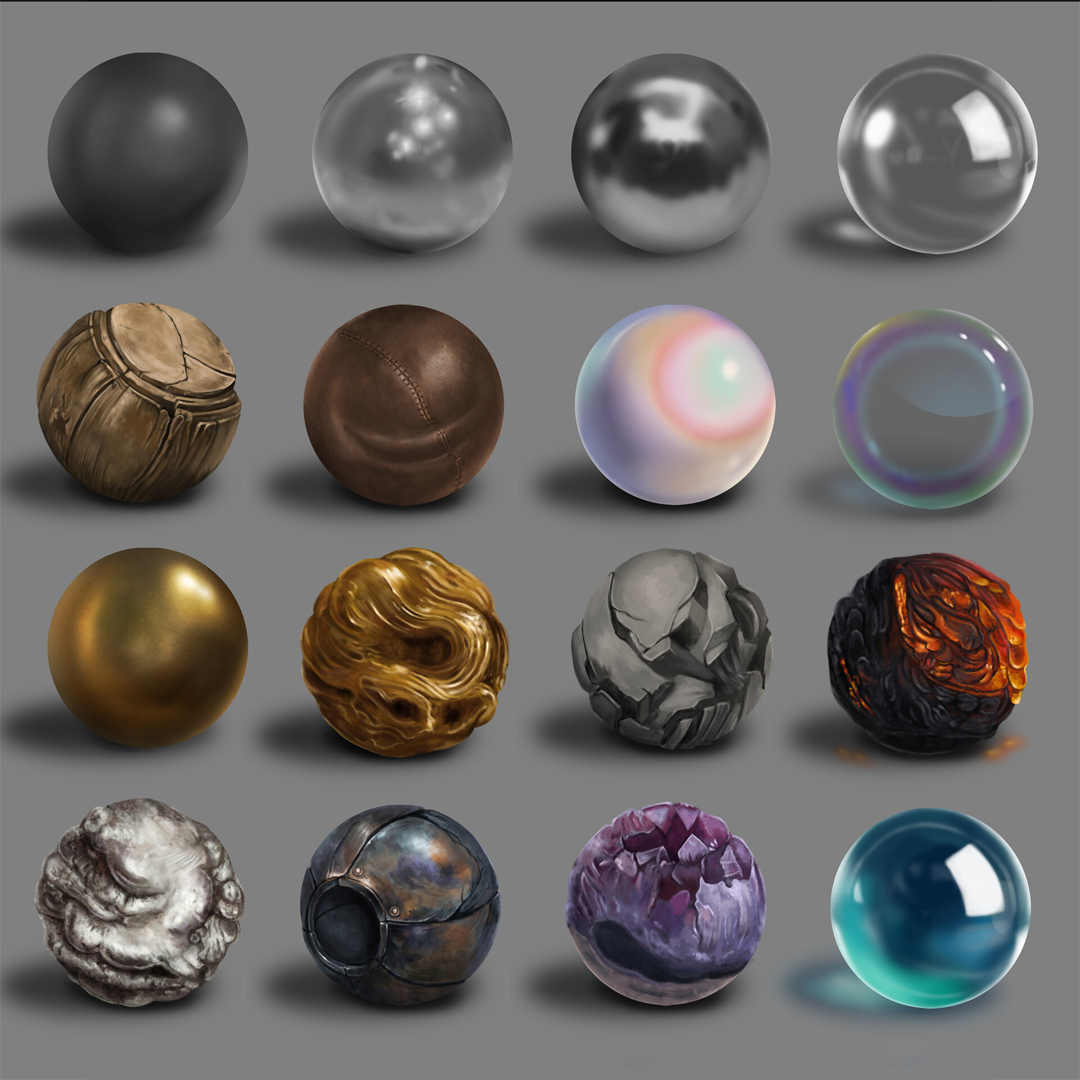Creating realistic textures and materials is a cornerstone of 3D design. Whether you're crafting a lifelike character, an architectural visualization, or a virtual environment for a game, the quality of your textures and materials can make or break the realism of your final render. In this Blog, we'll explore the best techniques and laws to help you master the art of creating realistic textures and materials in your 3D portfolio and your 3D projects.
Understanding Textures and Materials
Before diving into the intricacies of creating texture, it's essential to understand the differences between textures and materials. Textures are 2D images applied to the surface of 3D models, simulating details like colour, roughness, and bumpiness. Materials, on the other hand, define how light interacts with the surface of an object, determining its visual appearance in your environment. Together, textures and materials work in harmony to create beautiful 3D renders.
Essential Tools and Software
To embark on your journey of mastering realistic textures and materials, you'll need the right tools and software. Popular 3D modelling and rendering software like Autodesk Maya, 3ds Max, Blender, and Cinema 4D provide robust capabilities for texture painting, material creation, and rendering. Additionally, dedicated texture painting software such as Substance Painter offers advanced features for creating high-quality textures with ease and for realistic rendering, you can use third-party software like V-ray or Arnold.
Texture Creation Techniques
Texture creation can involve various techniques, from image-based textures to procedural textures. Image-based textures are created using photographs, scanned textures, or texture libraries, providing realistic detail and variation. On the other hand, procedural textures are generated algorithmically within the 3D software, offering infinite possibilities for texture customization and variation.
More Articles:
Which is Easier: 3D or 2D Animation?
Master the Art of 3D Modeling: Best Tips and Tricks in 2024
What is Color Theory? Impact of Color Theory
Material Properties and Realism
Understanding the properties of materials is important for achieving realism in your 3D designs. Material properties such as diffuse, specular, and roughness dictate how light interacts with the surface of an object, influencing its appearance in your 3D environment. Adopting a physically based rendering (PBR) workflow ensures that your materials accurately simulate real-world properties, resulting in life-like renders.
Advanced Texture Mapping
Advanced texture mapping techniques such as UV unwrapping and texture projection are necessary for accurately applying textures to 3D models. UV unwrapping involves flattening the 3D model's surface into a 2D plane, allowing for precise texture painting and detailing. Texture projection methods like planar mapping and cylindrical mapping offer alternative approaches to texture mapping, each suited to different types of objects and surfaces.
Shader Creation and Customization
Shaders play an important role in defining the appearance of materials in 3D design. By manipulating shader nodes, you can create custom shaders to achieve a wide range of material effects, from subsurface scattering to anisotropy. Understanding the intricacies of shader creation and customization empowers you to craft complex and realistic materials tailored to your specific design needs.
Texture Detailing and Fine-Tuning
Adding fine details to textures is key to enhancing realism in your 3D designs. Techniques such as bump mapping and displacement mapping allow you to simulate surface imperfections and micro-details, adding depth and complexity to your textures. Optimizing texture resolution and memory management also ensures efficient rendering and optimal performance.
Real-Time Rendering and Game Development
In the realm of real-time rendering and game development, creating optimized textures and materials is paramount for achieving smooth performance and immersive experiences. Real-time rendering engines like Unity and Unreal Engine offer powerful tools and workflows for creating realistic textures and materials tailored to interactive applications.
Conclusion
Mastering realistic textures and materials is an ongoing journey that requires dedication, experimentation, and continuous learning. By understanding the principles of texture creation, material properties, and shader manipulation, you can elevate the realism of your 3D designs and bring your creative visions to life in breathtaking detail. So, roll up your sleeves, unleash your creativity, and embark on the exciting adventure of mastering realistic textures and materials in 3D design.


.png)





No comments:
Post a Comment